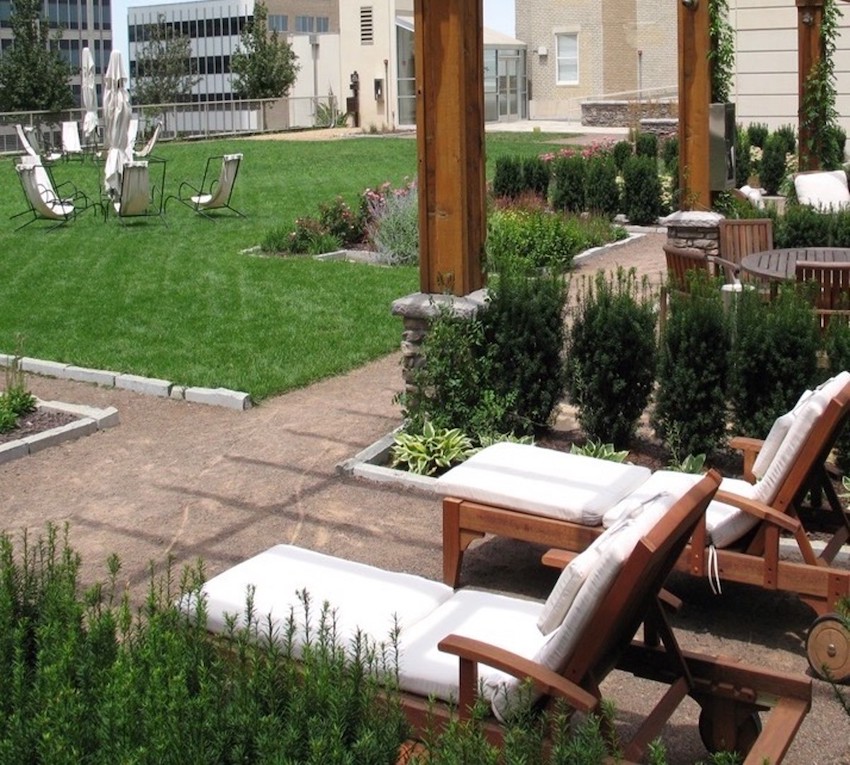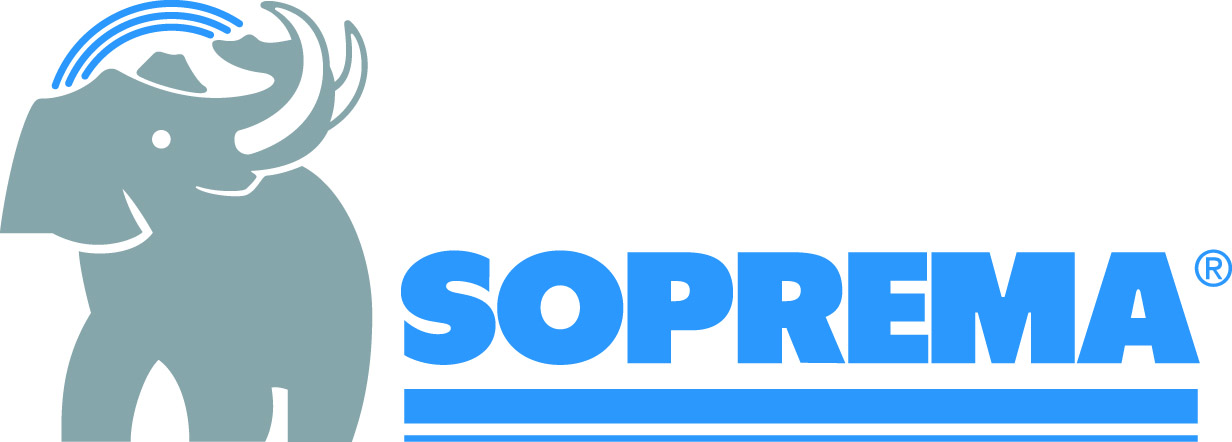Green Roofs: Integrating Blue & Gray
Learning Objectives:
- Describe the components which make up these systems, the range of options for each component type, and their benefits and drawbacks.
- Employ strategies for integrating planting beds with adjacent hardscapes to maximize water detention and retention in green roofs.
- Identify several types of green roof systems, as well as advantages and disadvantages of these systems regarding site conditions and project goals.
- Explore structural, drainage and waterproofing considerations at transitions between planted and paved areas.
Credits:
Green roof systems are typically described in terms of soil depth (intensive vs. extensive) or where they are assembled (built-in-place vs. modular). These are useful categories, but do not address key elements of green roof design, such as drainage, water storage, roof slope and other considerations. This presentation will review different green roof systems and components, and their use in meeting project goals relating to storm water management, integration with hardscape and constructability.

Photo courtesy of SOPREMA, Inc.

|
Tom Stuewe is the Senior Product Manager—Team Lead at SOPREMA, Inc. His more than 15-year career in the building industry has provided him with dynamic experience in helping to develop industry-leading roof membranes and systems, restoration coatings, low-odor and low-VOC membrane adhesives, and plaza deck systems for the commercial building envelope. Tom graduated from The Ohio State University with a degree in construction systems management. |









